Easy-to-program, ultra-low-power modular sensor board with embedded BLE
Designed by Tlera Corp in United States of America
Buy with confidence.
Our Tindie Guarantee protects your purchase from fraud. Learn More
What is it? This is a small (1.34 in x 1.34 in), light (11.9 g with coin cell and module) wearable device using the STM32WB55CG as host MCU with embedded BLE. The STM32WB55CG has 1 MByte of flash mem…
Read More…This is a small (1.34 in x 1.34 in), light (11.9 g with coin cell and module) wearable device using the STM32WB55CG as host MCU with embedded BLE. The STM32WB55CG has 1 MByte of flash memory and 256 kBytes of SRAM; plenty for most user applications. The design is similar to the Firefly development board, but the Katydid adds a 16 MByte MX25L12835FZNI QSPI NOR flash memory, the BMA400 low-power accel for wake-on-motion, an STBC08 LiPo battery charger, option to use a rechargeable 120 mAH LIR2450 coin cell battery, a mechanical On/Off switch, and connectors for a variety of sensor modules of our design or your own custom design.
The Molex SlimStack connectors on the Katydid (503552-0622) mate with Molex SlimStack connectors (503548-0622) on the module. The USFSMAX module design is here for reference. The design and use of the SlimStack connectors is simple and should allow users to easily customize modules for their applications. There are connections for I2C (SDA/SCL), 3V3/GND as well as three digital pins and one analog pin. D2, D4, and A2 can be used for interrupts. D2 is also BMA400 INT2. D5 is TTL only, useful as a wake or enable pin. So there should be enough flexibility in the pin map to accomodate most sensor applications.
Modules sold separately! But let us know if you would like us to help with the design.

We have exposed common serial peripheral ports at the edge of the Katydid to complement the module connectors for easier prototyping and testing of sensors. Serial peripherals include I2C, SPI, and UART. We have also exposed a couple of analog pins. The combination of module connectors and edge peripherals makes adding sensors or displays to the Katydid platform as easy as adding these to any Arduino!

Katydid supports BLE at either 32 or 64 MHz CPU clock speeds, although it can also be run at 2 MHz with no BLE for the lowest-power data logging applications. Clock speed selection is made in the tools menu of the Arduino IDE.
The Katydid includes a Fractus NN01-102 chip antenna for high BLE efficiency. There is a pi matching circuit on the board for you to optimize sensitivity for your particular container characteristics and wearing position, etc.
We have included the SMPS circuitry on the STM32WB55 to minimize power usage. The Katydid sleeps at ~7 uA current and uses a few mA in "normal" operating mode. Of course, the average current will depend on the sensors used and the BLE duty cycle, etc. But we made every effort in component selection and design to minimize power usage; the Katydid should last for days on a small 105 mAH LiPo or 120 mAH coin cell battery for many applications.
Like Firefly, Katydid is designed to be easy to use and easy to program via the USB using the Arduino IDE. We developed a system layer and Arduino core from scratch to be memory- and power-efficient, work around all of the STM32WB55 errata, bridge the gaps and avoid the race conditions found in the ST HAL, and otherwise allow you to focus on perfecting your application rather than wrestling setting up some complicated tool chain and toggling register bits. Download the STM32WB55 board .json here.
Of course, we know some will prefer to use the ST HAL and Cube MX, so we have included a six-pin tag-connect for use with an ST LINK.
In addition to the many examples included with the board variant in the Example folder of the Arduino IDE, we have collected several useful sketches in a Github repository showing how to make use of all of the features of the Katydid to read sensor data, log the data on the QSPI flash, transmit the data via BLE and otherwise serving as a good starting point for your custom firmware.
Katydid was designed to mount into the Hammond 1551QTBU off-the-shelf box. Unfortunately, the coin cell holder and module heights require some standoff from the stock boss height. This means if you want to use a Hammond box and a coin cell you will likely have to settle for the slightly taller Hammond 1551P box. If you want to design your own 3D printed container this is of no import. However, if you want to use one of the cheap Hammond boxes like we do, you will need to use these spacers and this self-tapping screw for assembly. You will need to make cutouts for the USB and switch. There are many ways to mount the Katydid into one or both of the Hammond boxes, so ask us for advice if interested. Eventually we will offer a customized box for sale on Tindie.
We have designed more than a dozen wearable devices for various startups all having more or less the same architecture: STM32 host + BLE slave + sensors + battery charger/monitor + switch on a small pcb. Use cases have included ergonometrics, robotics, instrument orientation, head/limb tracking, fall detection, and gait detection.
We thought it might be useful to design a standard implementation of such a device that could serve as a starting point for those who have a product idea that needs to be 1) wearable (small), 2) battery-powered (ultra-low power), 3) connected (BLE), and 4) inexpensive.
We also made the device modular. That is, we included connectors that allow a variety of sensor modules to be added to the board by just snapping into place. We have developed appropriate modules for absolute orientation estimation and environmental sensing, but we recognize that everyone's application needs are different. By standardizing the host platform and limiting customization to the module itself, the cost of hardware design iteration should be significantly reduced, thereby speeding application development.
Katydid is an easy-to-use and easy-to-adapt hardware platform that should allow anyone who has a new idea for a wearable IoT application to get to the "works-like" prototype stage fast.
Small size (1.34 in x 1.34 in) and weight (11.9 g for pcb + module + coin cell) for easy wearability.
Ultra-low power so it can be used for days between charges even using a rechargeable 120 mAH coin cell battery.
Wake-on-motion/Sleep-on-no-motion functionality for even more power savings.
Convenient On/Off switch.
Easy to program via the USB using the Arduino IDE with lots of example sketches available.
Open-source hardware design! Customize the Katydid and/or sensor modules to fit your application.
Inexpensive, easy-to-use wearable device ready for your IoT applications. Order some pcbs from OSH Park and assemble some Katydids yourself or order the fully-tested production Katydid here and see how easy and fast it is to realize your IoT application goals!
No country selected, please select your country to see shipping options.
No rates are available for shipping to .
Enter your email address if you'd like to be notified when Katydid Wearable BLE Sensor Board can be shipped to you:
Thanks! We'll let you know when the seller adds shipping rates for your country.
| Shipping Rate | Tracked | Ships From | First Item | Additional Items |
|---|---|---|---|---|
|
:
|
Buy with confidence.
Our Tindie Guarantee protects your purchase from fraud. Learn More
Pahrump, NV, United States of America
Ships from United States of America.
38 Reviews | 1,288 Orders

$39.95
Free Shipping!
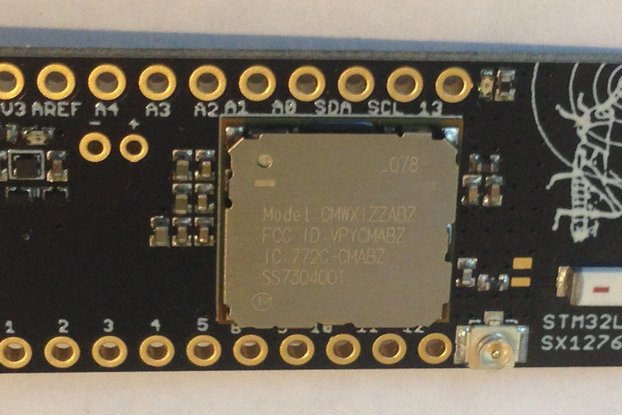
$39.95
Free Shipping!
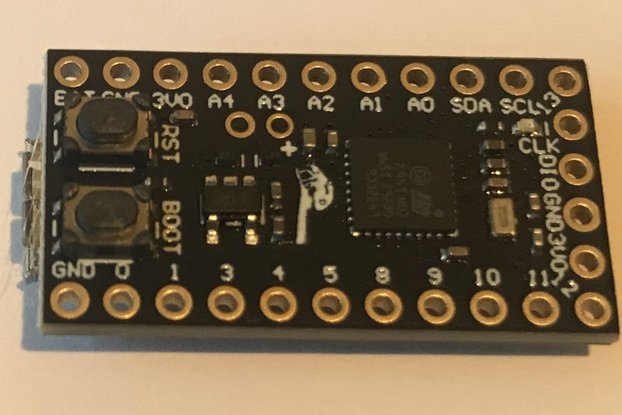
$17.95
Free Shipping!
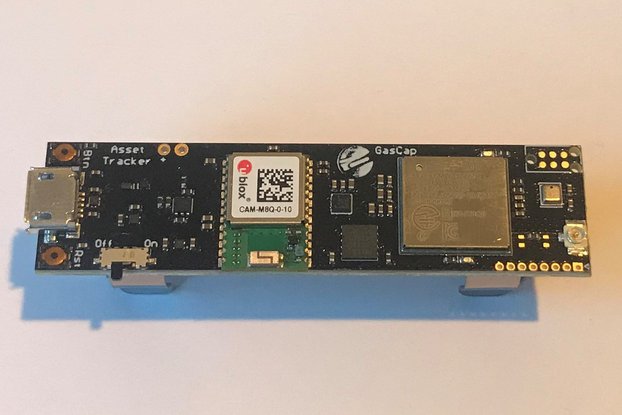
$79.95
Free Shipping!
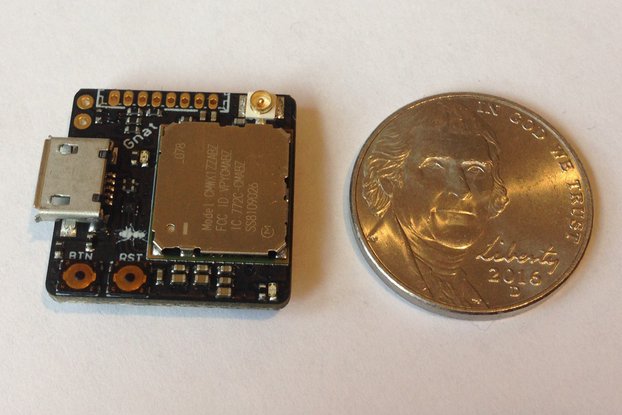
$79.95
Free Shipping!
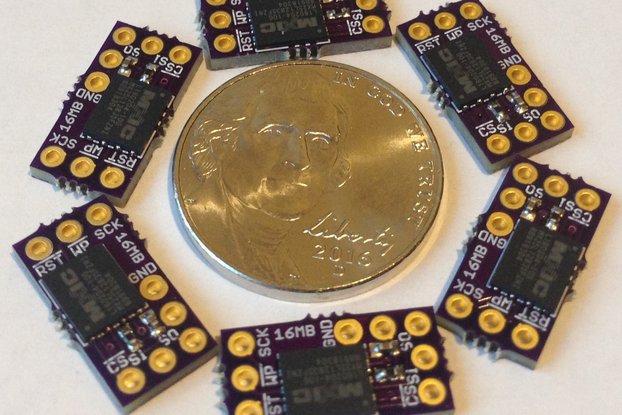
$11.95
Free Shipping!
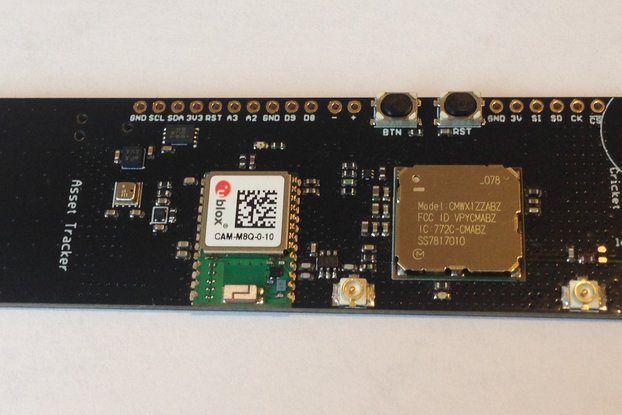
$79.95
Free Shipping!

$79.95
Free Shipping!
By clicking Register, you confirm that you accept our Terms & Conditions
We recognize our top users by making them a Tindarian. Tindarians have access to secret & unreleased features.
We look for the most active & best members of the Tindie community, and invite them to join. There isn't a selection process or form to fill out. The only way to become a Tindarian is by being a nice & active member of the Tindie community!
